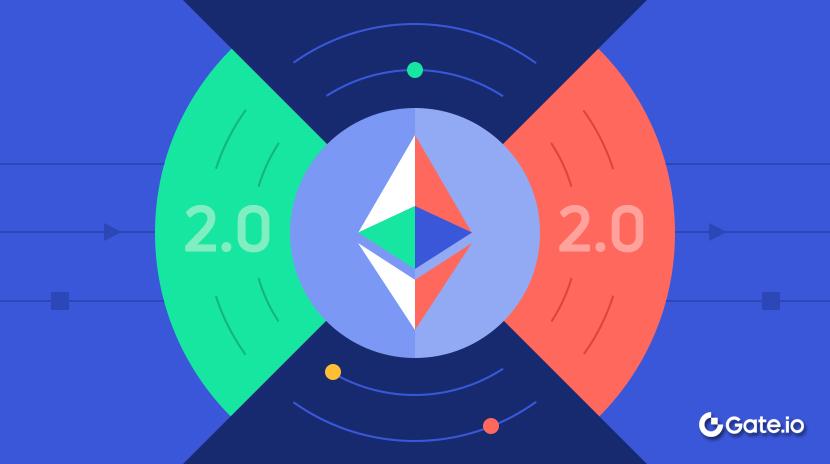Why UX Abstraction Is the Key to Mass Web3 Adoption
Introduction: Web3’s Biggest Bottleneck Isn’t Infrastructure — It’s User Experience
The early phase of Web3 was all about innovation. Independent chains launched with different priorities — speed, security, composability, and community ownership. But this explosion of creativity led to a fragmented ecosystem with lack of interoperability, inconsistent tooling, and siloed assets and liquidity.
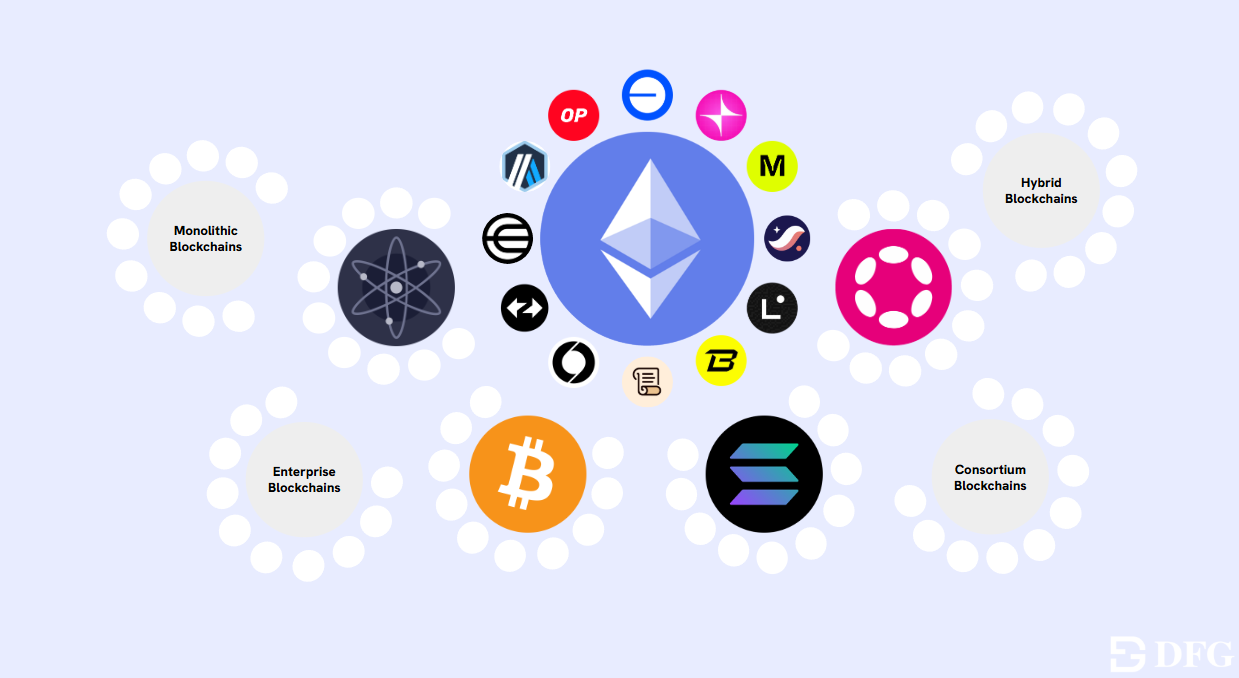
Web3 has solved some of these hard problems, but one challenge still undermines everything: user experience.
We are at a familiar inflection point, one that mirrors the evolution of the early internet. Today, using a dApp feels like navigating the internet in the ’90s. The experience of navigating chains, wallets, bridges, gas fees, protocols and signatures remains clunky and alienating for the average user. These aren’t just minor friction, they’re barriers to adoption.
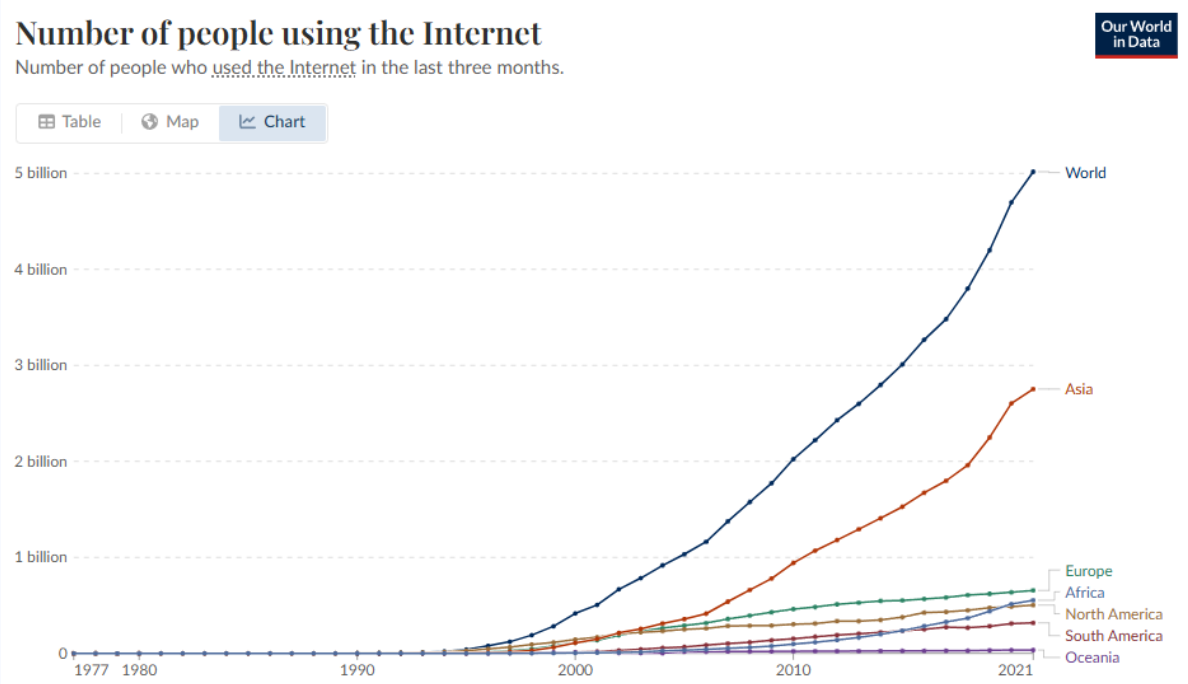
Introduction of TCP/IP and web browsers unlocked the internet and led to mass adoption.
The paradox is clear: while the infrastructure has matured, the user experience has not. As institutional validation grows; with BTC and ETH ETFs live and regulatory frameworks like the GENIUS Act gaining traction, it’s no longer infrastructure that limits crypto’s reach. It’s usability.
A Framework for UX Abstraction: From Friction to Fluidity
UX abstraction is the process of systematically hiding the underlying complexity of blockchain interactions from end users. It is not just about dumbing things down; it is about designing systems that are intelligent enough to manage complexity on the user’s behalf. Just as the internet moved from IP addresses and command lines to browsers and apps, Web3 must transition from seed phrases and signatures to seamless intent-driven interfaces.
This progression unfolds in three stages of abstraction, each representing a deeper level of integration and a clearer path toward mainstream usability.
Level 1: Surface-Level UX Improvements
At the first stage, developers focus on minimizing friction within the existing mental model of Web3. Users are still expected to understand networks, wallets, and assets, but the interface is streamlined to reduce context switching. For example, decentralized exchanges now commonly integrate bridging protocols directly into their UI, allowing users to transfer assets across chains without leaving the platform.
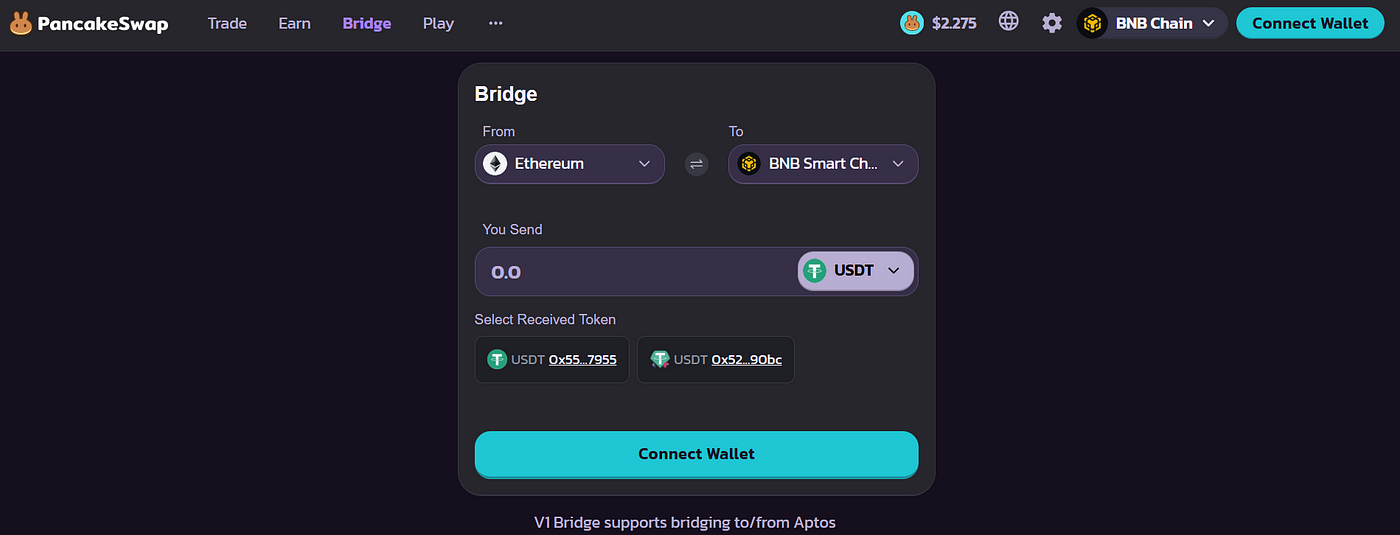
Pancakeswap’s integration with multiple bridges with Celer, Stargate, DeBridge and more
Wallets like Phantom and Trust are expanding beyond their native ecosystems to offer access to multiple chains under one roof. Yield platforms such as Superlend and Beefy aggregate opportunities across networks, enabling users to compare and deploy capital from a unified dashboard.
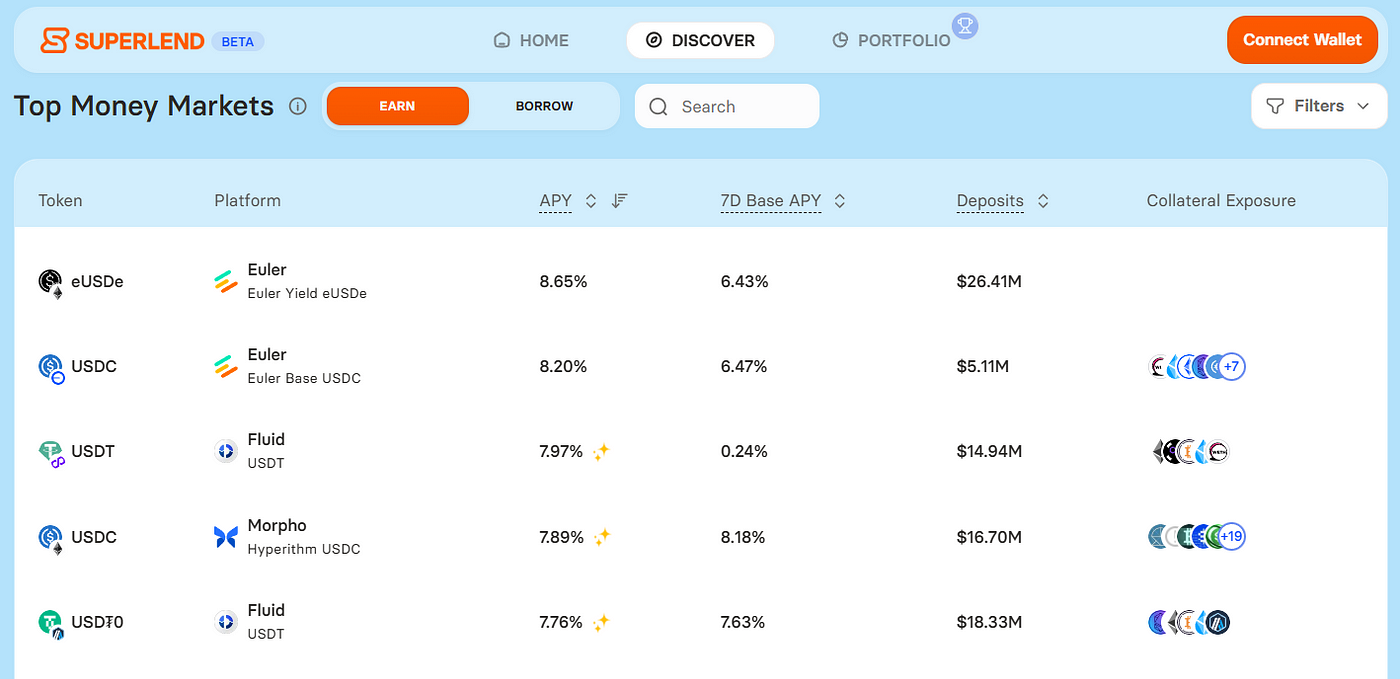
Aggregated Lending Opportunities Across Chains on Superlend
Yet despite these gains, the cognitive load remains. Users still need to track where their assets live, manage gas tokens for different chains, and understand network-specific nuances. This level of abstraction polishes the interface but doesn’t transform the experience. The foundational mental model of “this app is on that chain” and “I need to bridge and switch chains” persists.
Level 2: Execution-Layer Abstraction
In the second stage, the complexity of Web3 interactions begins to shift from the interface to the execution layer. Users are no longer responsible for understanding or orchestrating multi-step, cross-chain workflows. Instead, they define a desired action, and the app handles the rest.
This is made possible through technologies like ERC-4337 and gas abstraction, which remove the need for users to hold native gas tokens on every chain they interact with. Smart contracts or third-party relayers cover the cost, either through sponsorship or dynamic fee mechanisms. From the user’s perspective, transactions just work — no more manually funding wallets on unfamiliar chains.
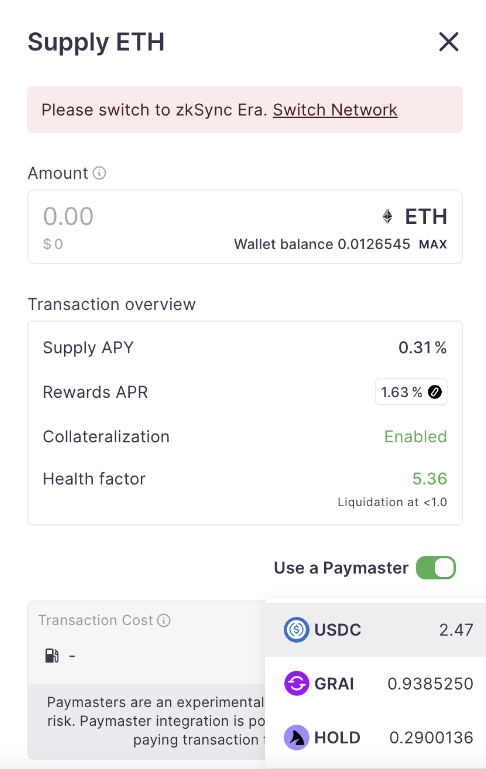
Zerolend Paymaster Integration to Allow Payment of Gas in Multiple Tokens
Solver networks take this further by introducing intent-based architecture. Instead of interacting with individual protocols, users express an outcome — such as swapping a token or bridging assets — and competing solvers determine the most efficient execution path. This model is exemplified by networks like Enso, Aori, and Khalani, which power cross-chain applications with improved pricing and execution speed.
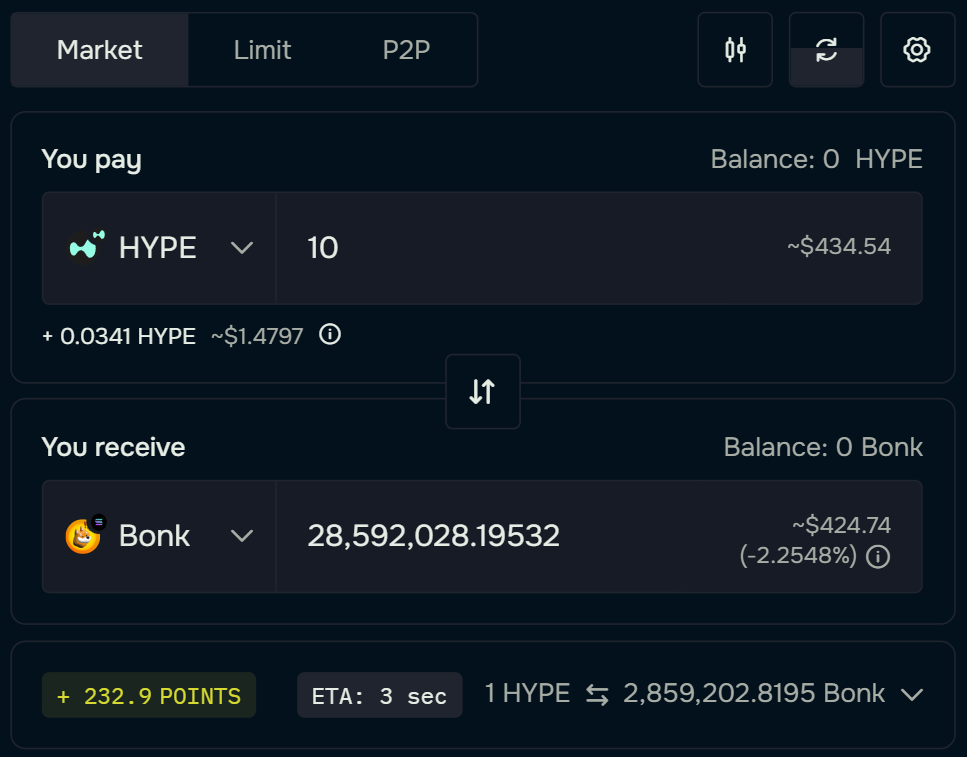
Cross Chain Swap on Debridge
New token standards also play a pivotal role. Solutions like LayerZero’s OFT, Chainlink’s CCT, and Wormhole’s NTT simplify token interoperability across chains using burn-and-mint mechanisms, mitigating the risks of liquidity fragmentation and depegging.
While these developments significantly reduce workflow complexity, the user is still aware they are using a blockchain system. They must sign transactions, manage wallets, and understand that some actions may fail due to underlying network issues. Abstraction has moved deeper into the stack, but it hasn’t disappeared.
Level 3: Full Concept Abstraction
The third and most advanced layer of UX abstraction eliminates the need for users to think about blockchains altogether. At this level, the concept of chains, gas and wallets are no longer visible. The experience mirrors the simplicity of Web2 — users act, and outcomes are delivered.
This is the emerging domain of superwallets and intent-centric agents. Platforms like NEAR Wallet, Particle Network, Turnkey, and OneBalance offer smart wallet infrastructure that abstracts away private key management, enables Web2-style social logins, and aggregates user balances across chains. OKX’s wallet exemplifies this approach by integrating gasless transactions and multi-chain support into a single, intuitive interface.
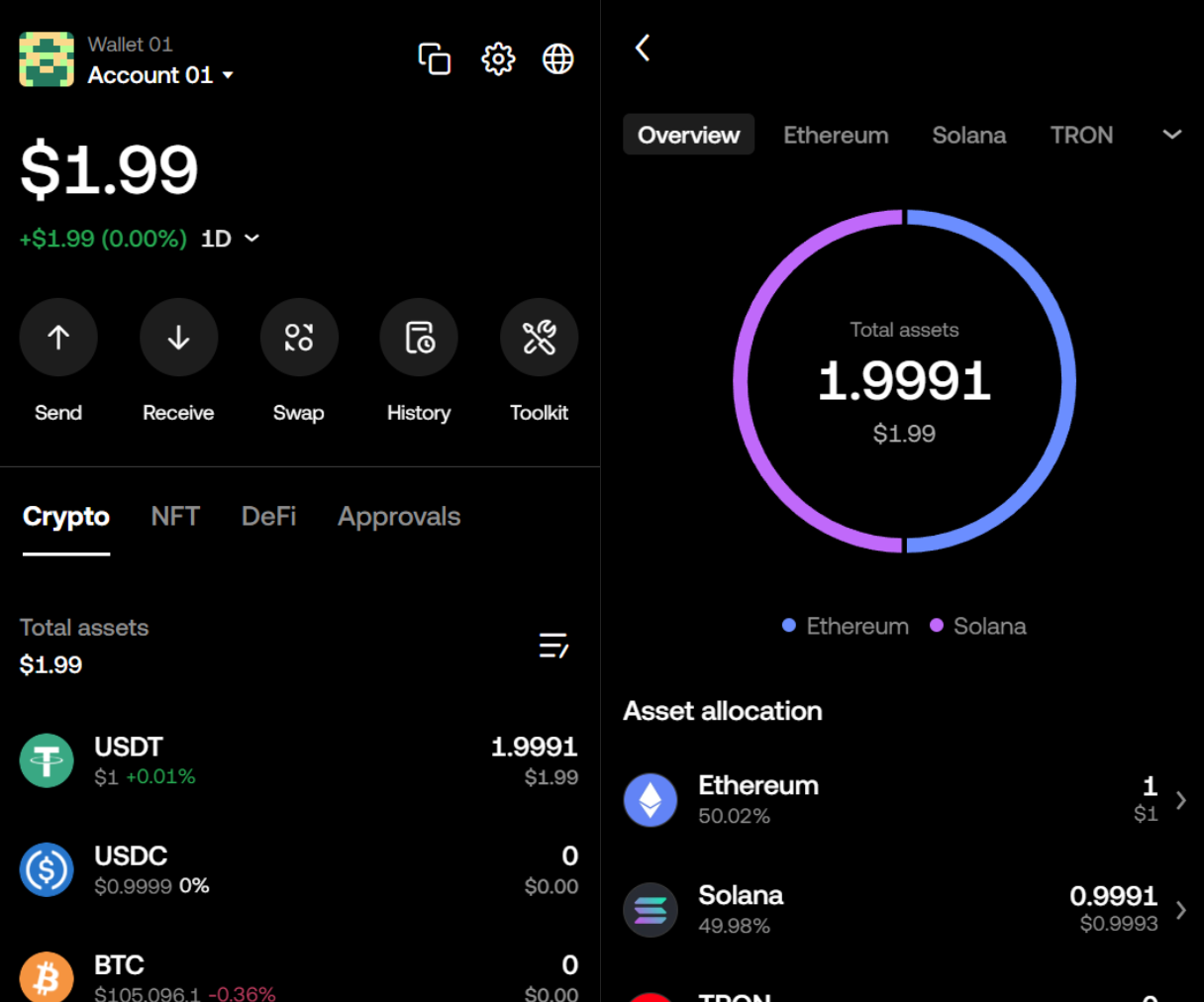
A particularly promising innovation is NEAR Protocol’s Chain Signatures, which allow users to sign transactions across multiple blockchains from a single NEAR account. Using multi-party computation (MPC), this architecture removes the need for developers to redeploy contracts on different chains or build chain-specific signing logic.
Decentralized Finance Artificial Intelligence (DeFAI) platforms such as Griffain and HeyAnon are pioneering interfaces where users can express objectives in natural language — “stake my USDC for SOL yield” — and solvers execute the necessary steps behind the scenes. These systems leverage delegated wallets and session keys to remove the need for repeated transaction approvals.
Together with technology stack mentioned in Level 1 and 2, these smart wallets and AI enabled applications enable the highest level of UX abstraction currently possible.
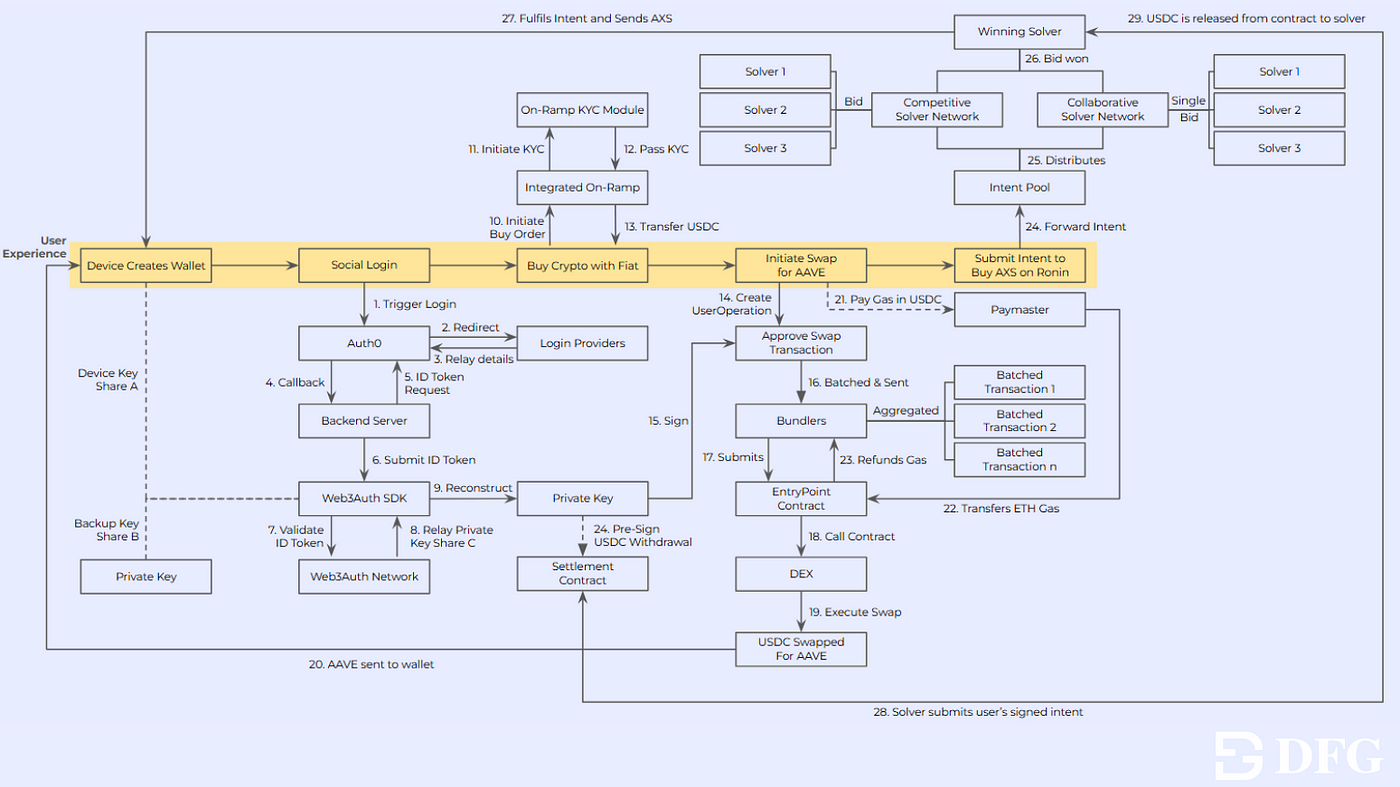
Yet even at this level, abstraction is not absolute. If a smart wallet does not yet support a specific chain, the experience can degrade quickly. AI-enabled platforms may still require users to have some understanding of the financial primitives involved. Moreover, developers and protocols often optimize for specific ecosystems, which can introduce subtle barriers even in chain-agnostic interfaces.
To overcome these limitations, developers must adopt a new mindset — designing experiences that prioritize outcomes over infrastructure, and build for universality rather than ecosystem lock-in.
Why UX Abstraction Is the Future of Web3
Abstraction is a structural necessity for crypto to scale. The next wave of users won’t learn to use blockchains. They’ll expect to use applications, and those applications must be intelligent enough to manage complexity invisibly, securely, and reliably.
Abstraction allows for this shift as it breaks down the walls between protocols and chains, removes the mental gymnastics of managing gas and keys, and aligns crypto UX with the expectations set by modern Web2 products. Just as TCP/IP and HTTP enabled the mass adoption of the internet, UX abstraction is the application-level requirement that will enable mass adoption of Web3.
Importantly, abstraction isn’t one-size-fits-all. Native crypto users may still value fine-grained control and composability, while newcomers prefer simplicity. Supporting multiple levels of abstraction ensures that Web3 can scale inclusively — without alienating either group.
The Road Ahead
The direction is clear: the future of Web3 is chainless. But the journey there requires more than technological breakthroughs. It demands a new mindset — one where developers design for outcomes, not just protocols; where wallets become agents; and where UX is no longer an afterthought, but the foundation.
With the right abstractions, users will no longer need to understand blockchains to use them. They’ll just act — and the dApp will deliver.
Disclaimer:
- This article is reprinted from [Medium]. All copyrights belong to the original author [DFG Official]. If there are objections to this reprint, please contact the Gate Learn team, and they will handle it promptly.
- Liability Disclaimer: The views and opinions expressed in this article are solely those of the author and do not constitute any investment advice.
- Translations of the article into other languages are done by the Gate Learn team. Unless mentioned, copying, distributing, or plagiarizing the translated articles is prohibited.
Related Articles

The Future of Cross-Chain Bridges: Full-Chain Interoperability Becomes Inevitable, Liquidity Bridges Will Decline
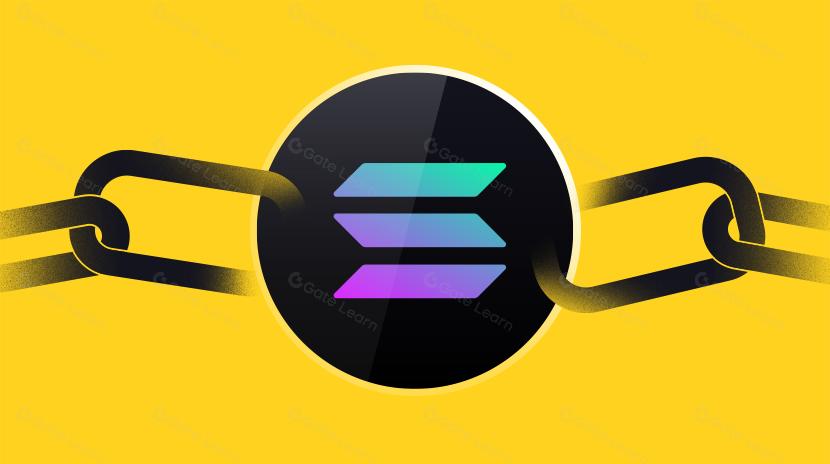
Solana Need L2s And Appchains?

Sui: How are users leveraging its speed, security, & scalability?

Navigating the Zero Knowledge Landscape

What is Tronscan and How Can You Use it in 2025?
